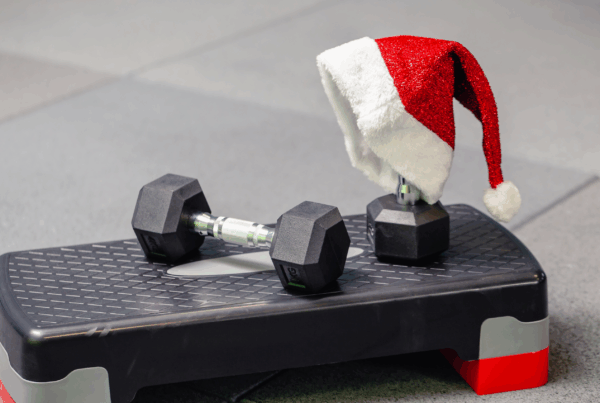Throughout all exercise physiology programs, whether they’re instantly recognisable or slowly identified over the course of a few sessions, Yellow Flags will impact a rehabilitation program whether you like it or not.
Protection is natural
After experiencing some form of trauma, the body’s natural, in-built, response mechanism is to minimise further damage and protect the body at all costs. Hence why your hand will pull away from a hot plate without you having to consciously make the decision to do it. The body recognises that your conscious thought process takes valuable microseconds and instead of sending the nerve impulses all the way to the brain, the message will only travel to the spinal cord and back out to the working muscles to get that hand off the hot plate as fast as possible, even if the benefit is a few nano-seconds, to save you some unwanted pain.
So if the natural response of our body, when experiencing pain, is to minimise further damage it is therefore natural to limit our movements, wrap ourselves in cotton wool and take care at all costs. However, this can occur to our detriment if this behaviour goes on for too long. Muscles become deconditioned, we lose strength, the body adapts to this newer, poorer way of moving and we then place other structures at risk of damage.
What to do
It takes a skilled clinician to break someone out of this habit and help to form more positive behaviours, which still aim to protect the injured area, but encourage more “ideal” movement patterns and restrengthening rather than avoidance which will ultimately lead the client down the path of recovery.
The video above shows one way in which our EP, Biara Webster, is using some creative thinking and a little bit of fun to minimise protective behaviours and get the body moving again.
Sign up to our email list here to get more helpful info about Exercise Physiology delivered straight to your inbox. No spam and no selling!! Just useful info to help you understand more about what Exercise Physiology is and how it can help.
AND, make sure you “Like” our Facebook page here for more insights into how we’re using Exercise Physiology to improve outcomes for all of our customers


